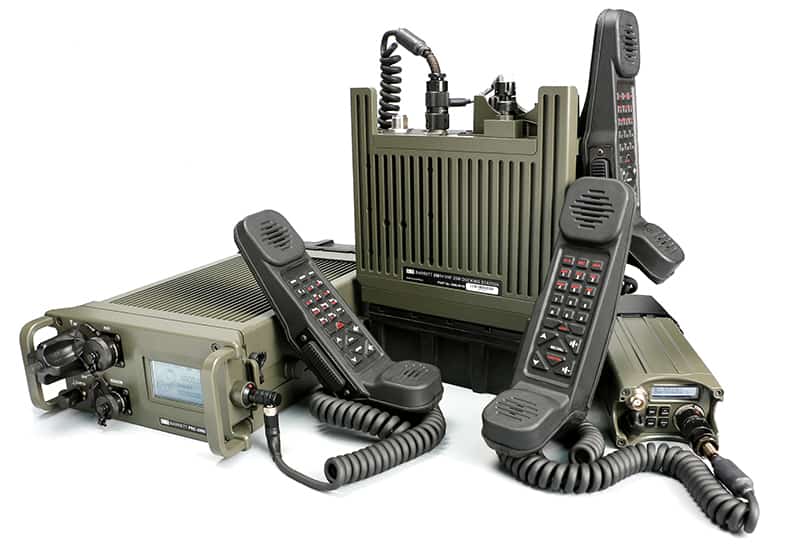Soldering is a fundamental skill in electronics, plumbing, and metalworking, serving as the backbone for creating reliable connections in various applications. Whether you are a seasoned professional or a hobbyist, understanding the correct method to apply solder to a connection is crucial for ensuring durability and functionality. This article delves into the intricacies of soldering, providing a comprehensive guide to mastering this essential technique.
Understanding Solder and Its Applications
Before diving into the methodology, it's essential to understand what solder is. Solder is a fusible metal alloy, typically composed of tin and lead (or lead-free alternatives), used to join metal workpieces together. The melting point of solder is significantly lower than that of the metals being joined, allowing it to flow into the joint and create a strong bond upon cooling. Soldering is widely used in electronics for circuit board assembly, in plumbing for joining pipes, and in metalworking for fabricating intricate designs.
Preparing for Soldering: Tools and Materials
To achieve a successful solder joint, having the right tools and materials is paramount. Here’s a list of essential items:
- Soldering Iron: A quality soldering iron with adjustable temperature settings is crucial. A temperature range of 350°C to 400°C is typically ideal for most soldering tasks.
- Solder: Choose the appropriate solder type based on your application. For electronics, a rosin-core solder (typically 60/40 tin-lead or lead-free) is recommended.
- Flux: Flux is a chemical cleaning agent that helps prevent oxidation during soldering. It improves the flow of solder and enhances the quality of the joint.
- Wire Cutters and Tweezers: These tools are essential for trimming excess wire and positioning components accurately.
- Soldering Iron Stand and Sponge: A stand keeps the soldering iron secure, while a damp sponge is used to clean the tip.
The Correct Method to Apply Solder to a Connection
Now that you have the necessary tools, let’s explore the step-by-step process of applying solder correctly:
Step 1: Prepare the Work Area
Ensure your workspace is clean, well-lit, and free of clutter. Safety should be your top priority; wear safety glasses to protect your eyes from solder splashes and fumes.
Step 2: Clean the Surfaces
Before soldering, clean the surfaces of the components to be joined. Use a fine-grit sandpaper or a wire brush to remove any oxidation or contaminants. For electronic components, a small amount of isopropyl alcohol can be used to clean the surfaces.
Step 3: Apply Flux
Apply a small amount of flux to the joint area. This step is crucial as it helps the solder flow evenly and prevents oxidation. For electronic components, a rosin-based flux is typically used.
Step 4: Heat the Joint
Turn on the soldering iron and allow it to reach the desired temperature. Once heated, touch the tip of the soldering iron to the joint for a second or two to preheat the metal surfaces. This ensures that the solder will flow properly when applied.
Step 5: Apply Solder
With the joint heated, introduce the solder to the connection—not directly to the soldering iron tip. Allow the solder to flow into the joint by touching it to the heated surfaces. This method ensures that the solder adheres properly to both components, creating a strong bond.
Step 6: Remove the Heat
Once enough solder has been applied (typically a small amount that forms a concave shape), remove the solder and then the soldering iron. Allow the joint to cool naturally without movement. This cooling process is critical, as disturbing the joint can lead to cold solder joints, which are weak and unreliable.
Step 7: Inspect the Joint
After the joint has cooled, inspect it for quality. A good solder joint should have a shiny, smooth appearance with a concave shape. If the joint appears dull or has a rough texture, it may indicate a cold solder joint that needs to be reworked.
Common Mistakes to Avoid
Even experienced solderers can make mistakes. Here are some common pitfalls to avoid:
- Overheating Components: Prolonged exposure to high temperatures can damage sensitive electronic components. Always use the appropriate temperature and minimize contact time.
- Insufficient Solder: Under-soldering can lead to weak connections. Ensure that enough solder is applied to create a solid joint.
- Neglecting Flux: Skipping the flux can result in poor solder flow and oxidation, compromising the joint's integrity.
Conclusion
Mastering the correct method to apply solder to a connection is an invaluable skill that enhances the quality and reliability of your work. By following the steps outlined in this article and avoiding common mistakes, you can achieve strong, durable solder joints that stand the test of time. Whether you are working on electronics, plumbing, or metal fabrication, the principles of effective soldering remain the same. With practice and attention to detail, you will become proficient in this essential craft, paving the way for successful projects in the future.
